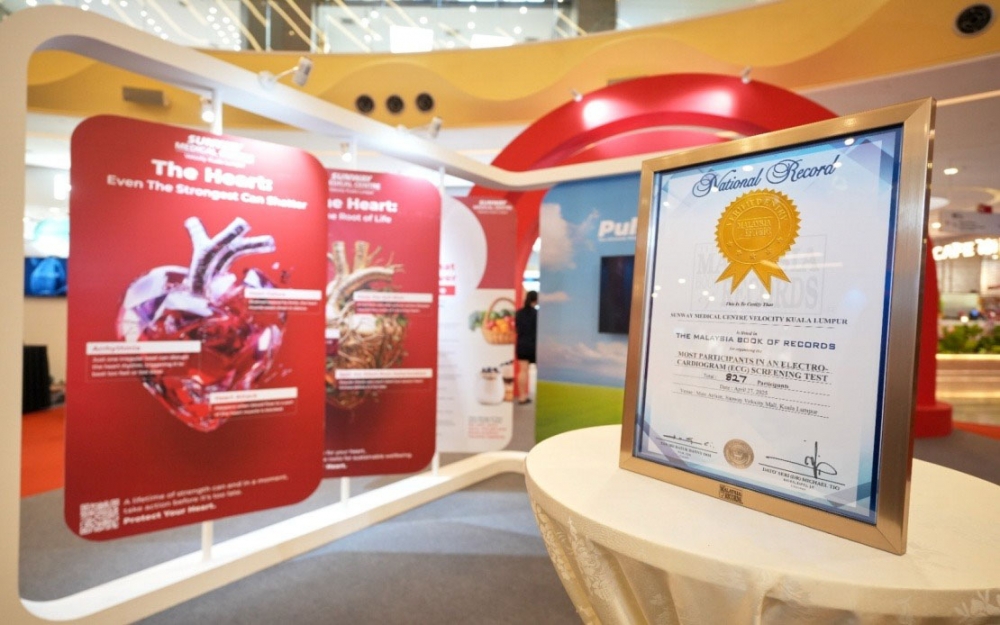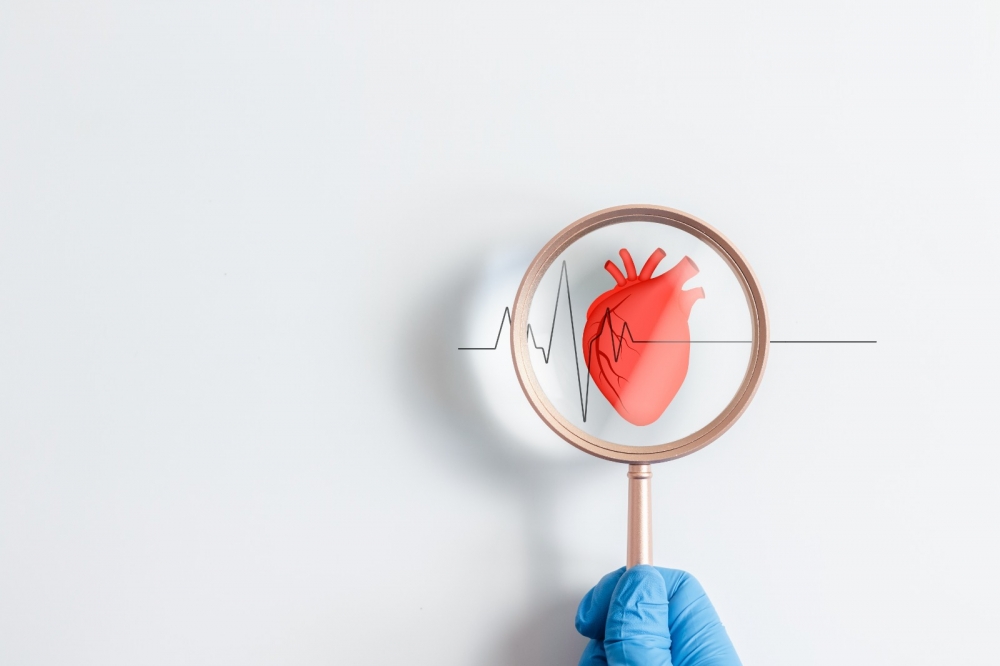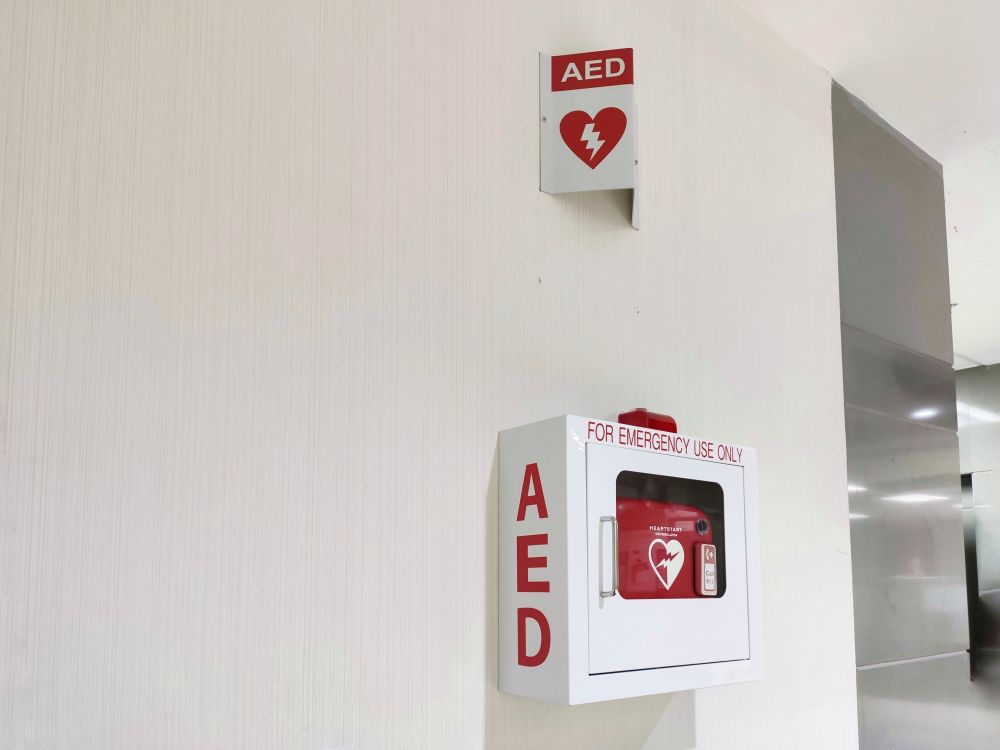Malaysians Advised to Use Sunscreen to Protect against Harmful UV rays

With Malaysia’s tropical climate providing year-round sunshine, protecting your skin from harmful Ultraviolet (UV) rays is not just advisable, but it is essential for maintaining long-term skin health. Recent studies revealed that nearly half of Malaysians do not use sunscreen regularly, exposing themselves to risks such as sunburn, premature skin ageing, and skin cancer.
The National Cancer Registry reported a rising incidence rate of skin cancer, underscoring the critical need for better awareness and preventive measures. Sunway Medical Centre Velocity (SMCV) Consultant Dermatologist, Dr Nur Ashikin Ahmad, shared that sunscreen should be an essential part of everyone’s daily routine, irrespective of whether they are outdoors or indoors. “UVA rays can pass through home windows and penetrate deeper into the skin, contributing to premature skin ageing and pigmentation,” she explained.
Beyond UVA, UV radiation also includes UVB and UVC rays. While UVC rays are largely filtered by the ozone layer, UVB rays remain a significant concern as they are the primary cause of sunburn and skin cancer. Dr Nur Ashikin also highlighted the dangers posed by blue light from our digital devices, which research suggests can penetrate even deeper into the skin than UVB rays, further accelerating skin ageing.
Understanding the Role of SPF
One of the most effective ways to protect yourself from harmful UV rays is by sunscreen application, and understanding SPF is the key to making the right choice. SPF, or Sun Protection Factor, measures how effectively a sunscreen prevents UVB-induced redness. “In Malaysia’s tropical climate, the minimum recommended SPF for daily use is SPF30,” said Dr Nur Ashikin.

Dr Nur Ashikin Ahmad, Sunway Medical Centre Velocity (SMCV) Consultant Dermatologist
She explained that sunscreen is recommended when the UV index of the day is forecast to reach 3 or above. In Malaysia, the UV index would be the highest between 10am and 4pm with UV levels often classified as “high” to “very high” during midday hours.
However, Dr Nur Ashikin adds that SPF50+ may be more appropriate if you are in external environments with direct exposure to the sun, such as the beach, participating in outdoor sports or even sightseeing for long periods with the recommendation of applying the sunscreen 15-30 minutes prior to getting sun exposure or doing any activities. Despite common misconceptions, higher SPF levels do not mean less frequent reapplication, as sunscreen should be reapplied every 2-4 hours, especially after sweating or swimming. This is because sweat, friction, and washing your face with water can interfere with the sunscreen efficacy and decrease its sun protection factor (SPF).
Choosing the Right Sunscreen for Your Skin
With various types of sunscreens available, understanding their differences is essential for effective sun protection. Sunscreens are generally categorised as physical or chemical, and their type can often be identified by the ingredient list on the product packaging. Physical sunscreens typically list zinc or titanium oxide as key ingredients and work by forming a barrier that reflects UV rays. They are well-suited for sensitive skin but may leave a white cast, particularly on darker skin tones.
Chemical sunscreens, in contrast, often contain ingredients such as avobenzone, oxybenzone, octinoxate, and work by absorbing UV rays and converting them into heat. They are usually more lightweight and blend more seamlessly into the skin–which offers better aesthetic appeal but may cause irritation for those with sensitive skin.
While many focus on protecting the face, the importance of protecting other exposed areas such as the neck, hands, and legs which are equally vulnerable to sun damage. Prolonged exposure to UV rays can lead to wrinkles, hyperpigmentation, and even skin cancer in these often-overlooked areas.
UV damage builds up over time, contributing to the risks regardless of the body part. Non-facial areas like the arms and legs are also common sites for melanoma and other form of skin cancers. Additionally, regular sunscreen application on these areas also helps maintain an even skin tone and elasticity.
While sunlight is essential for Vitamin D production, unprotected overexposure can lead to harmful effects. Dr Nur Ashikin suggests early-morning or late-afternoon sun exposure for optimal Vitamin D synthesis. The amount of time you need to spend in the sun depends on the time of day, season, your location, and your skin colour. Light-skinned individuals may need 10-20 minutes of direct sun exposure on unprotected skin, whereas darker-skinned individuals may require up to 5 to 30 minutes of exposure as melanin reduces the skin’s ability to produce Vitamin D.
KembaliSuggest to Read









